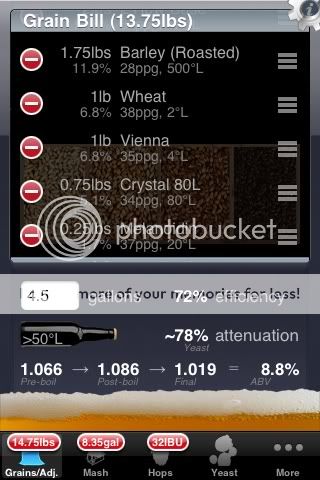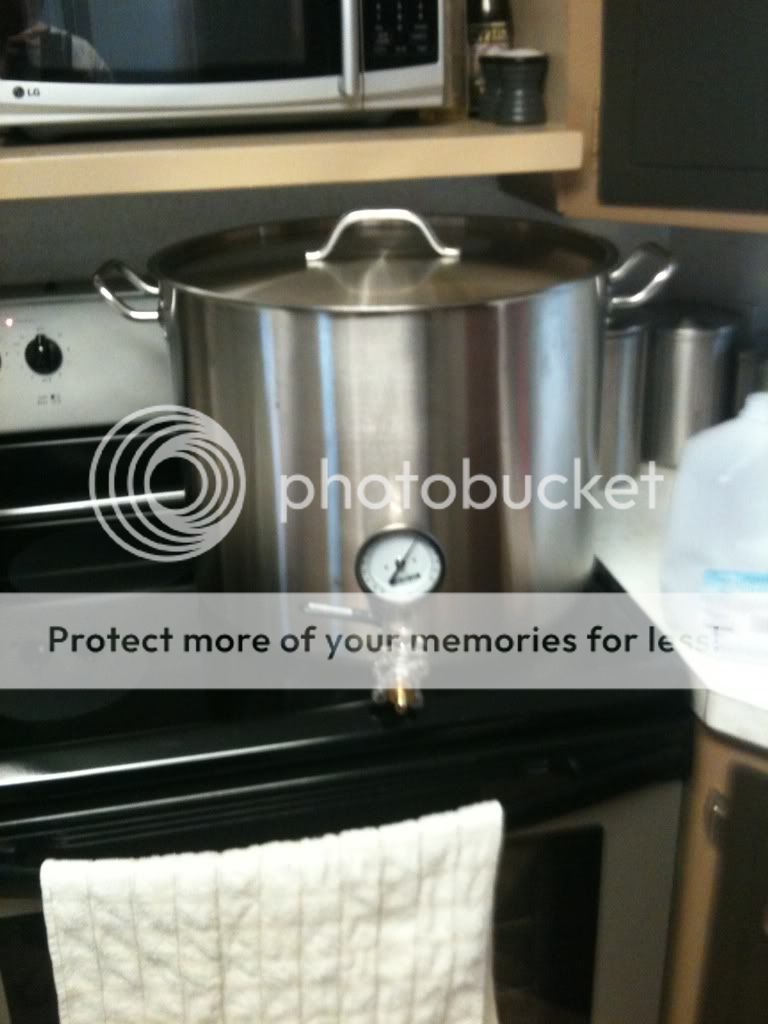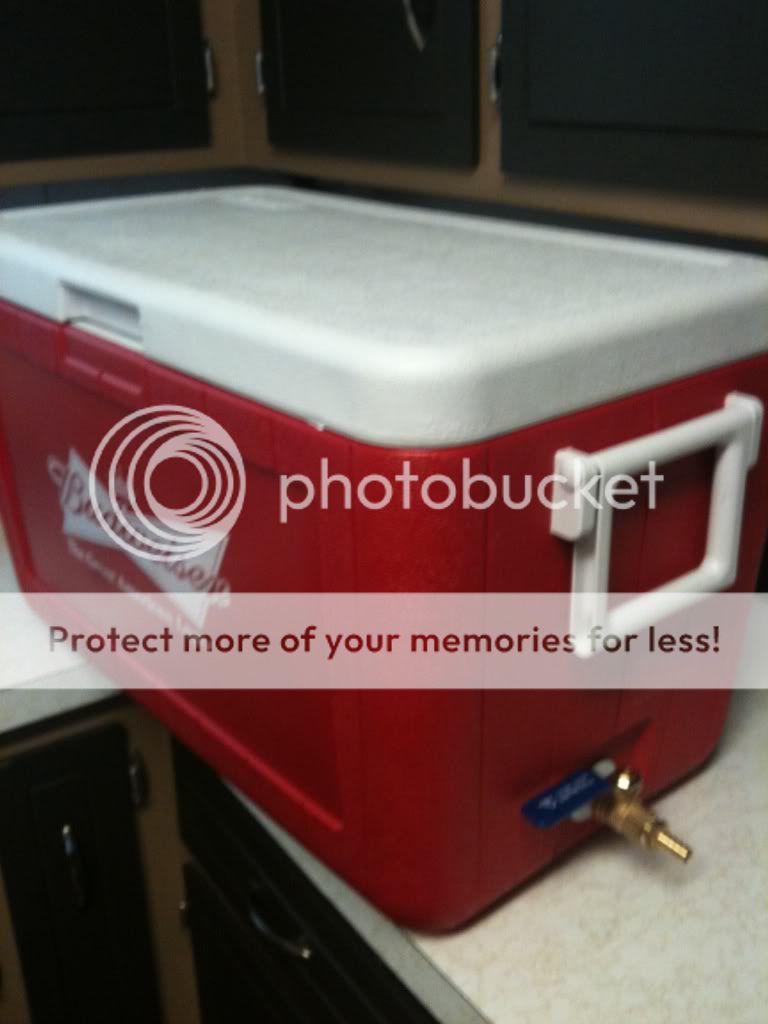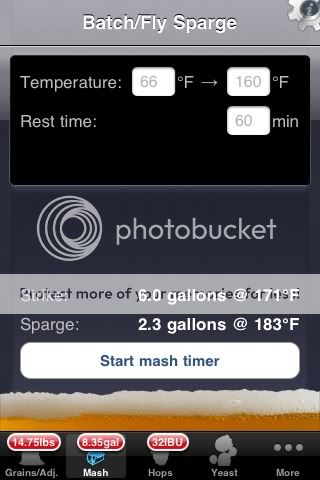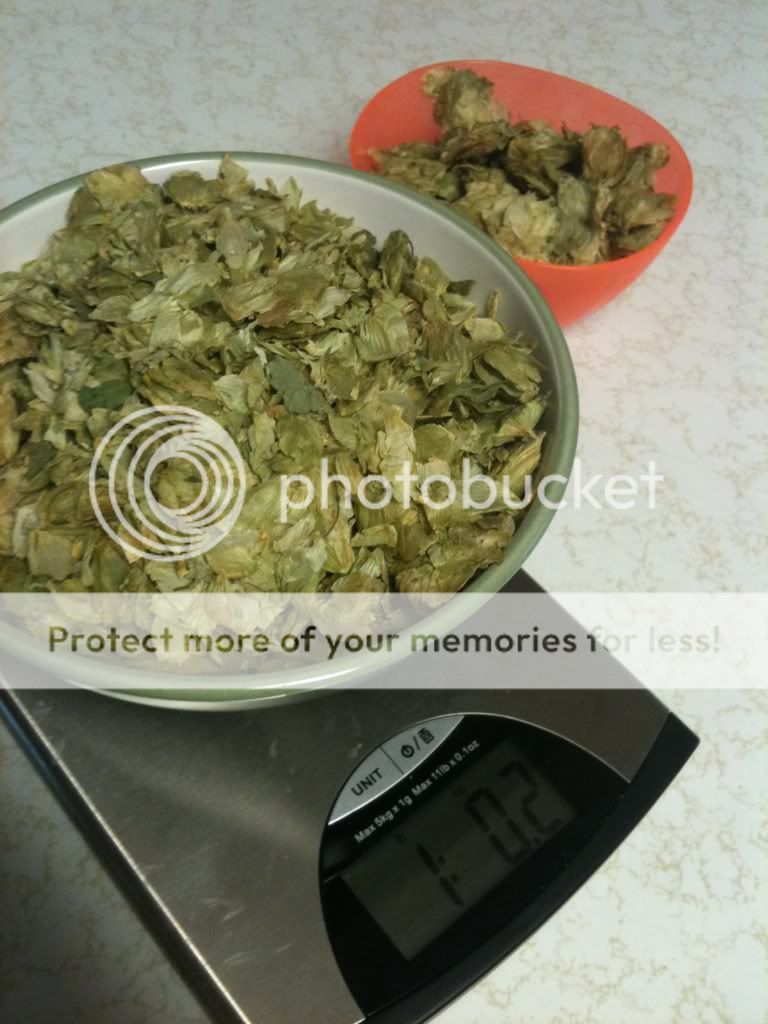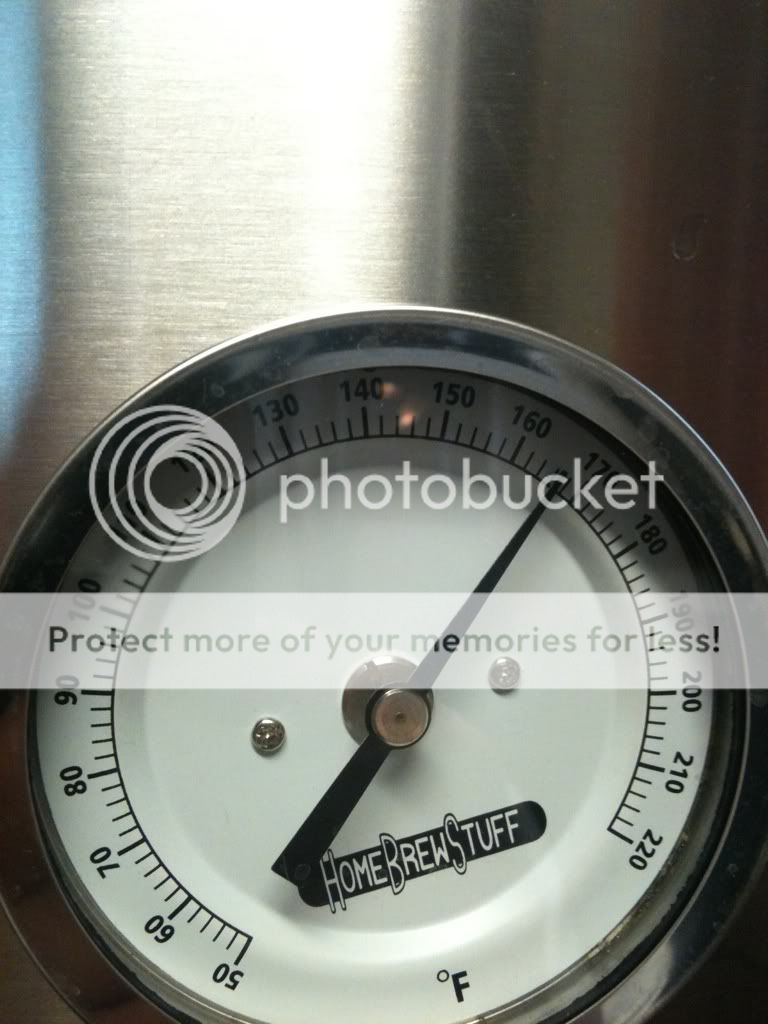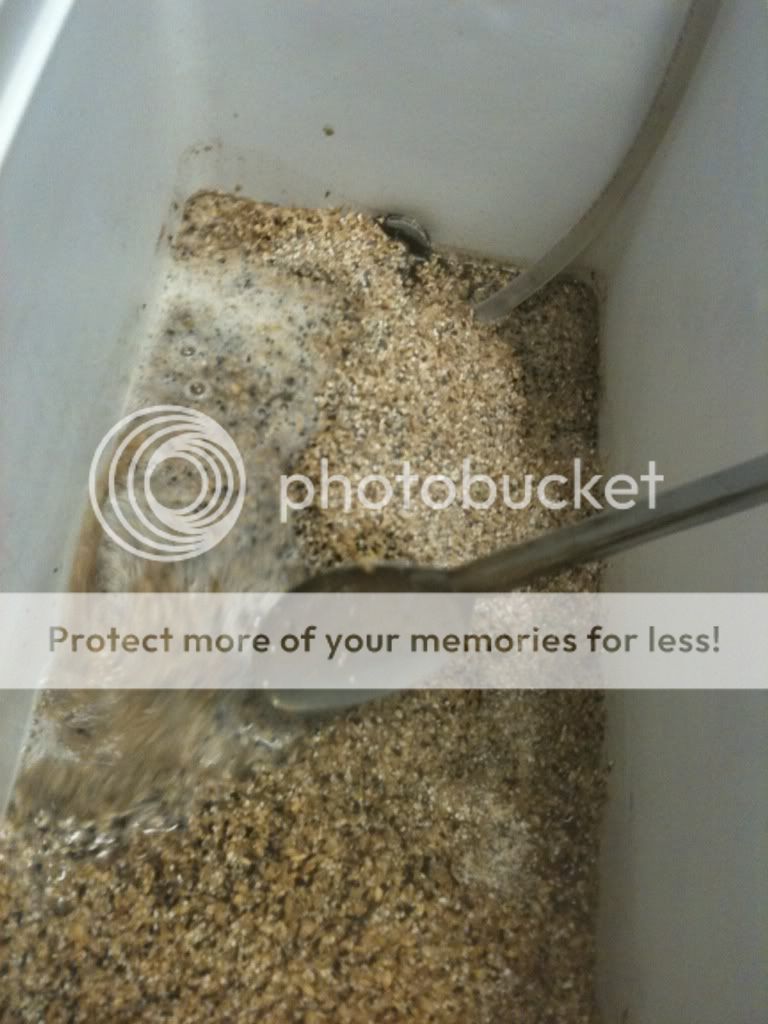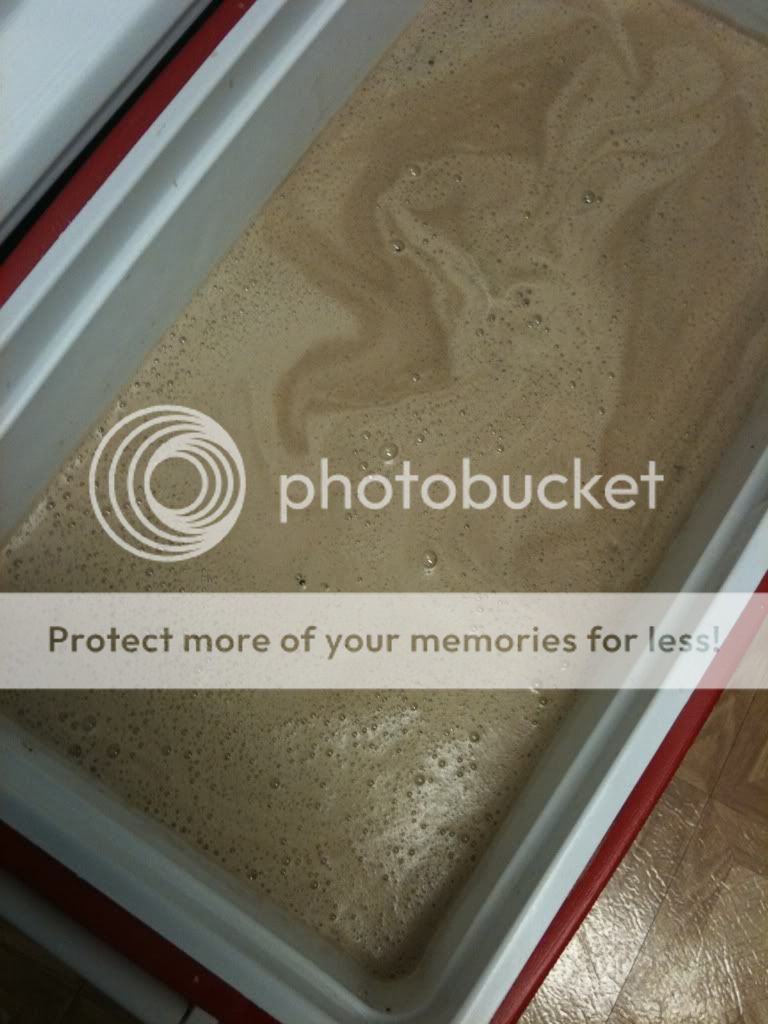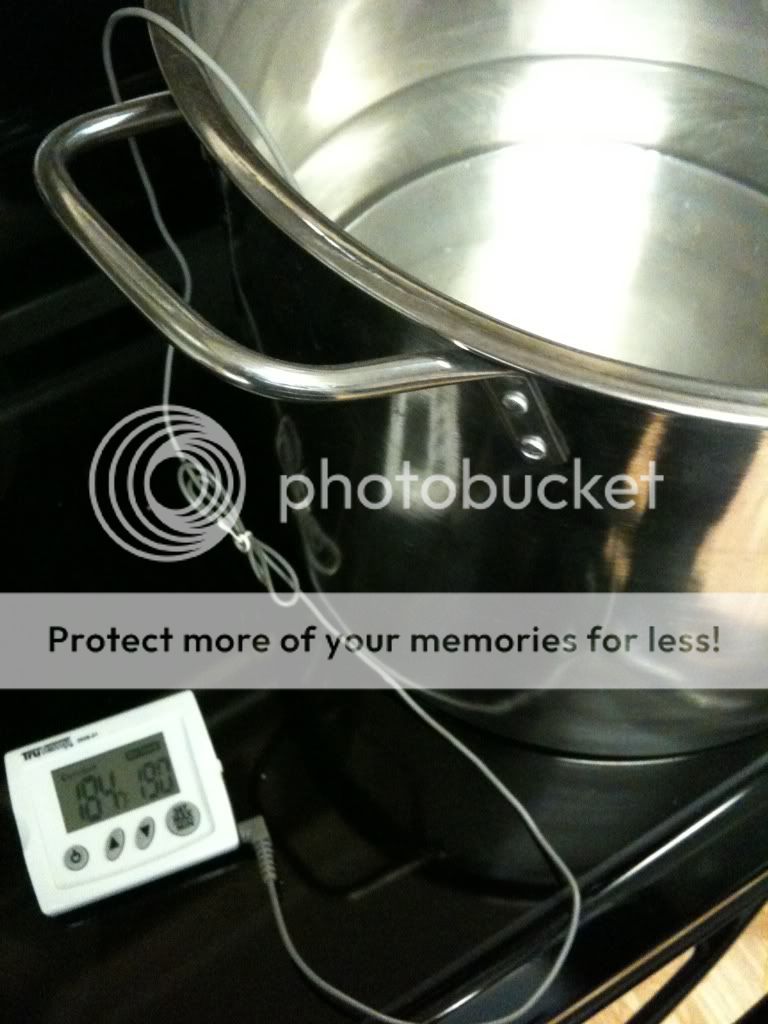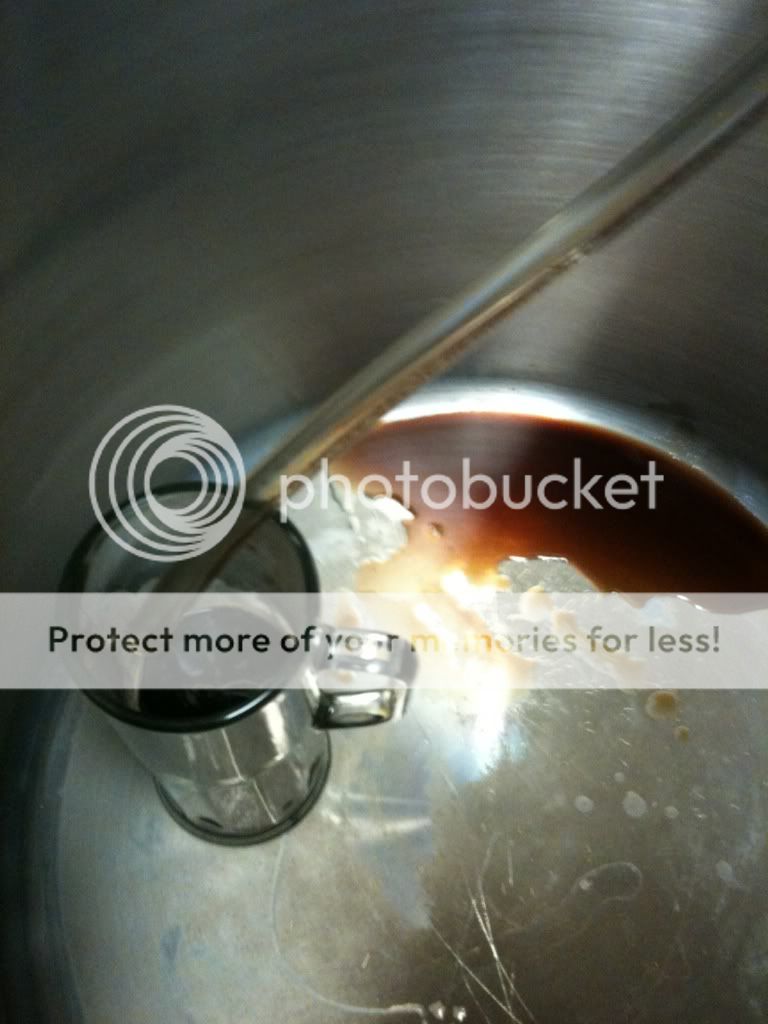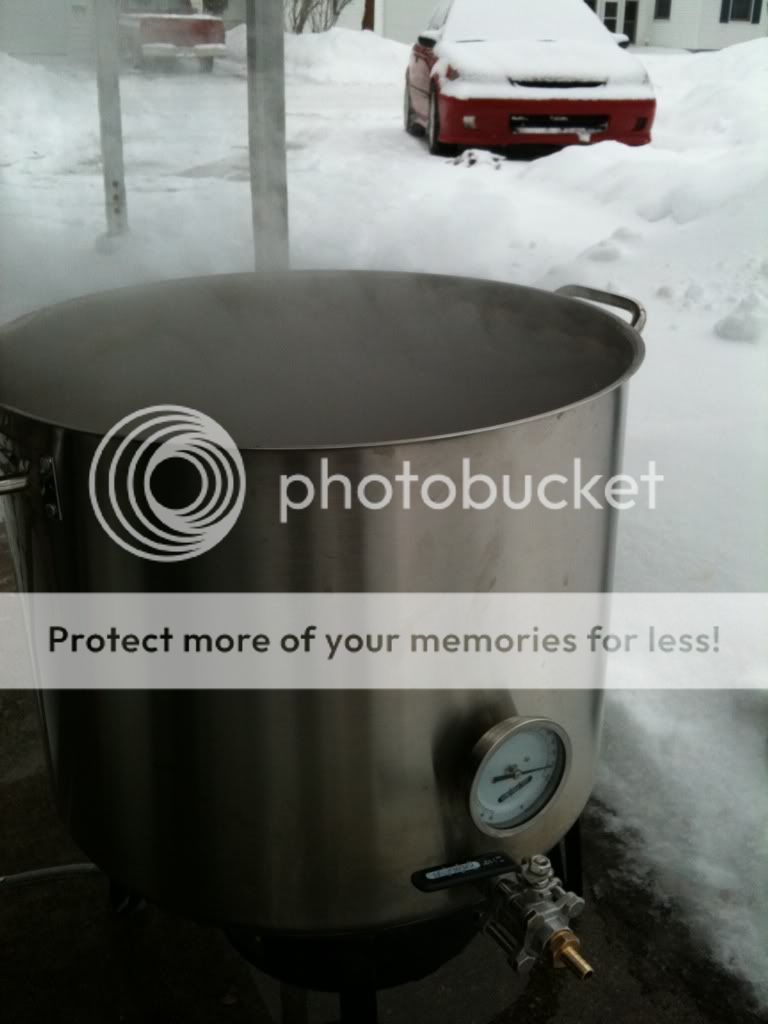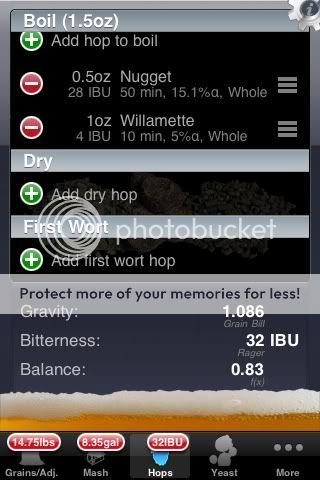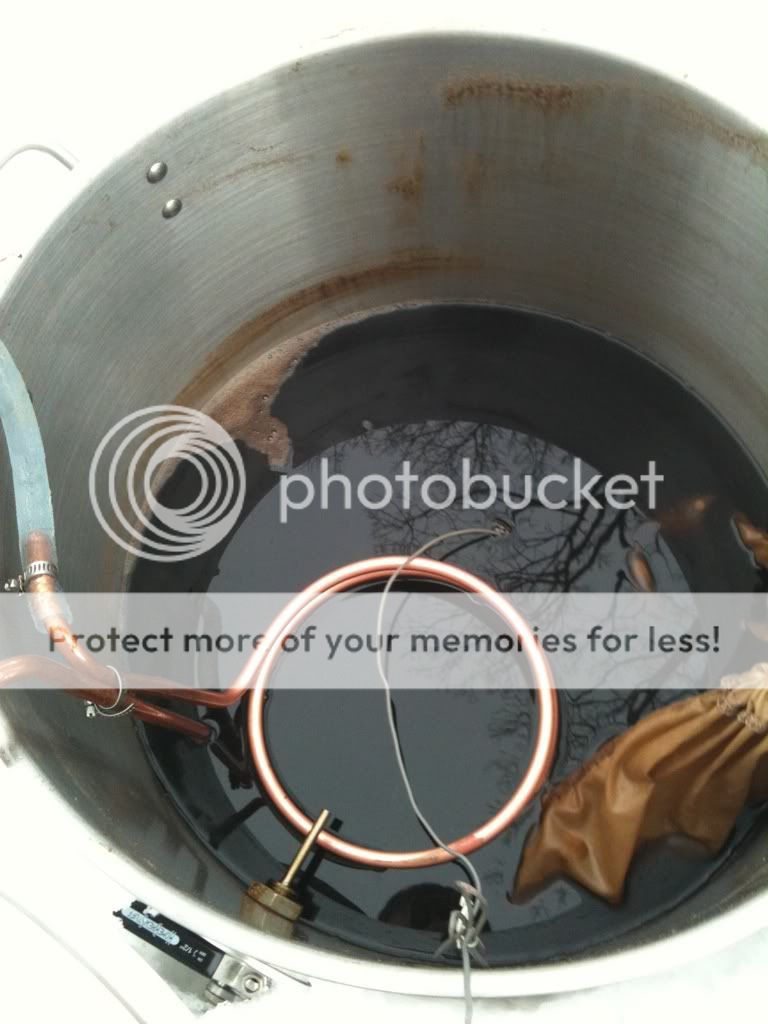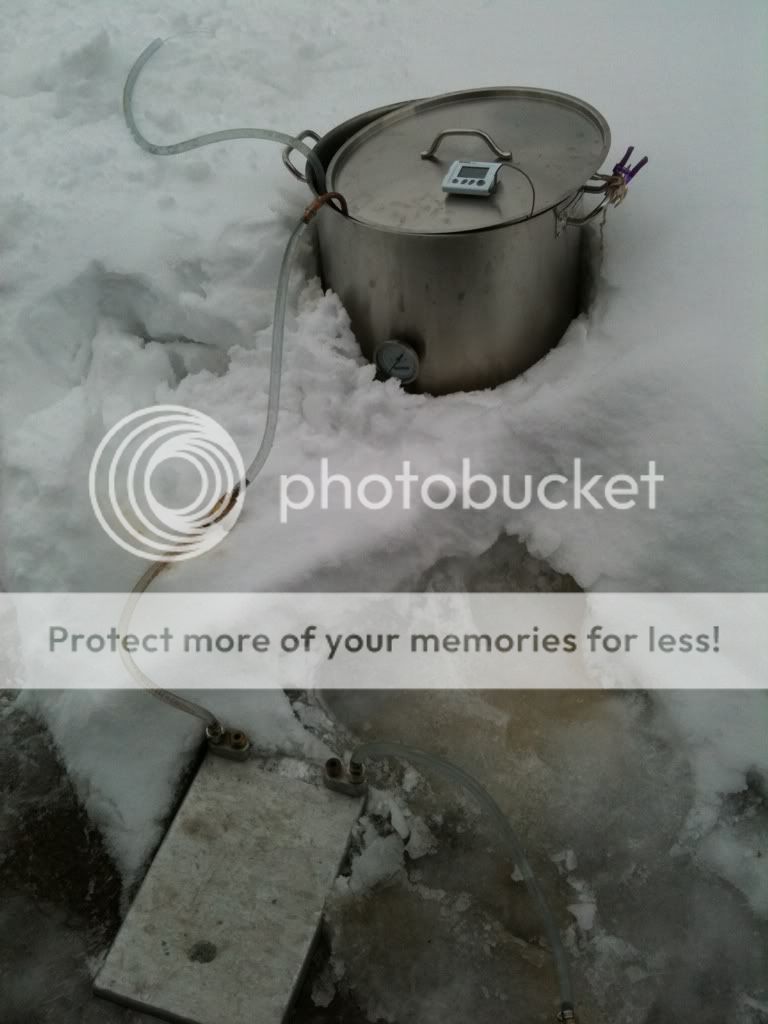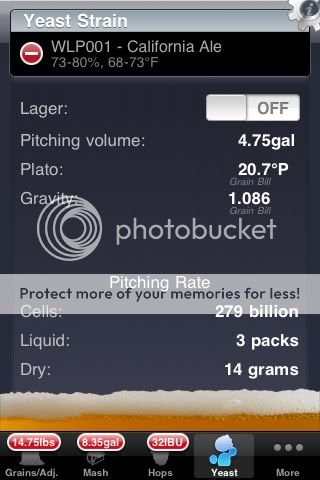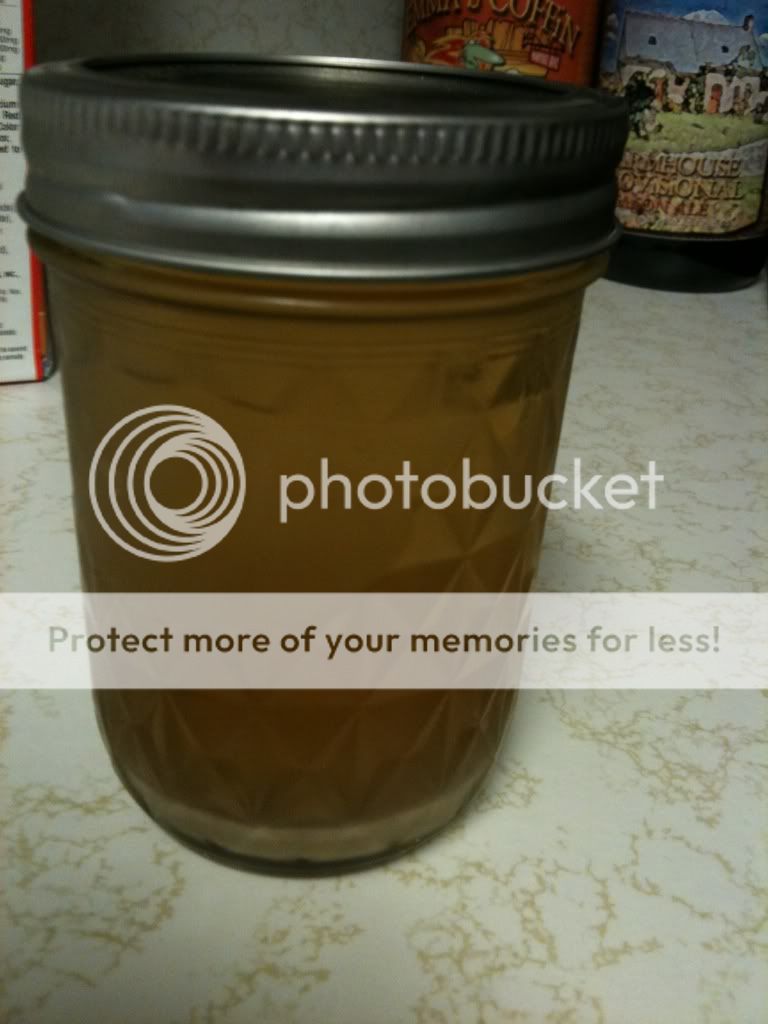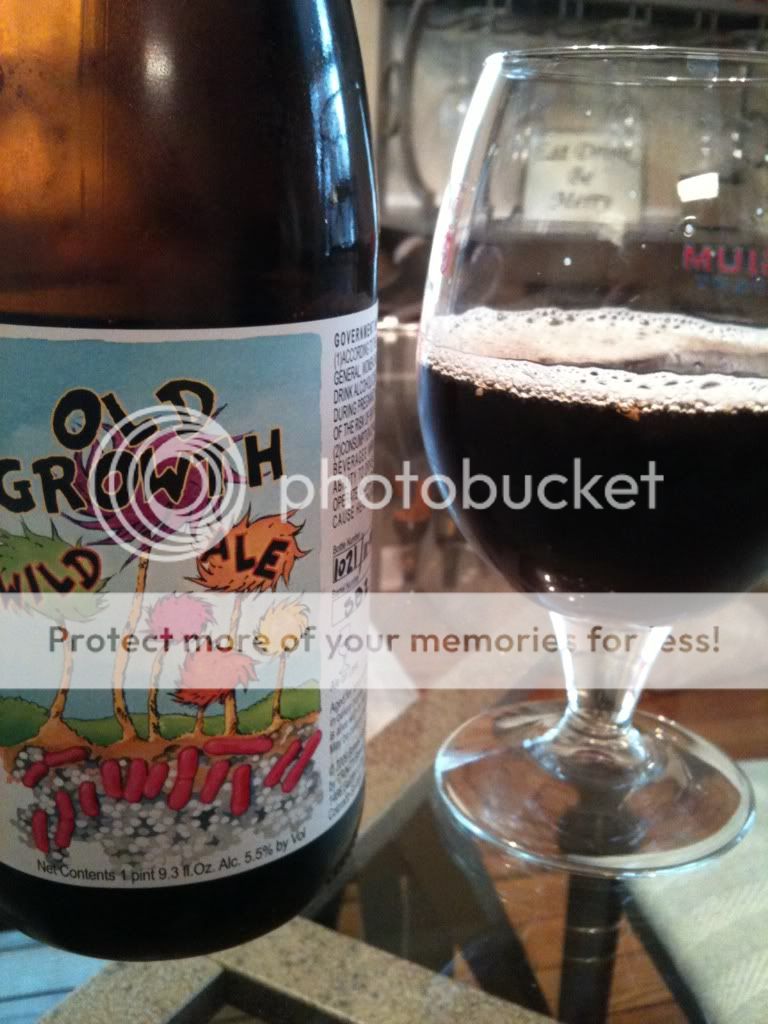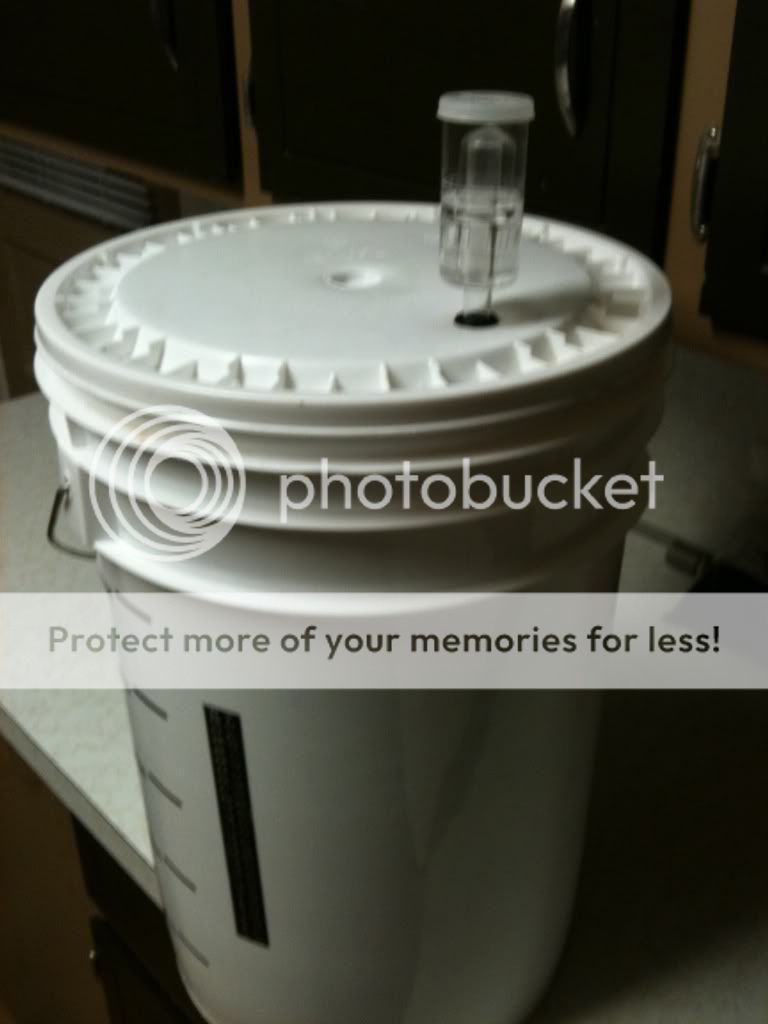Thundercougarfalconbird
Well-Known Member
- Joined
- Dec 16, 2010
- Messages
- 760
- Reaction score
- 25
So, I'm looking into AG for the obvious reasons. In my research I've found some good guides. So I'd like to review the basic process and have people throw in advice.
So, Ill need a second pot(6+ gal) and a mash-tun of some form(probably gonna build one from this cooler I have)
1. Heat up water(uh, what is this called, strike/sparge/im probably way off) to like 168ish, 1.25qts for each pound of grain.
2. add grain and water to mashtun and let it sit for whatever time (40-90min)
3. drain off this wort, put it back in the mashtun for 10 more minutes, drain this off and add to brewpot
4. make up for the difference in absorbed wort by heating more water to run through the grains.
5. run difference in water through grain(letting sit for 10 minutes)
6. add this wort to kettle
7. brew like an extract batch
that sound about right?
So, Ill need a second pot(6+ gal) and a mash-tun of some form(probably gonna build one from this cooler I have)
1. Heat up water(uh, what is this called, strike/sparge/im probably way off) to like 168ish, 1.25qts for each pound of grain.
2. add grain and water to mashtun and let it sit for whatever time (40-90min)
3. drain off this wort, put it back in the mashtun for 10 more minutes, drain this off and add to brewpot
4. make up for the difference in absorbed wort by heating more water to run through the grains.
5. run difference in water through grain(letting sit for 10 minutes)
6. add this wort to kettle
7. brew like an extract batch
that sound about right?


